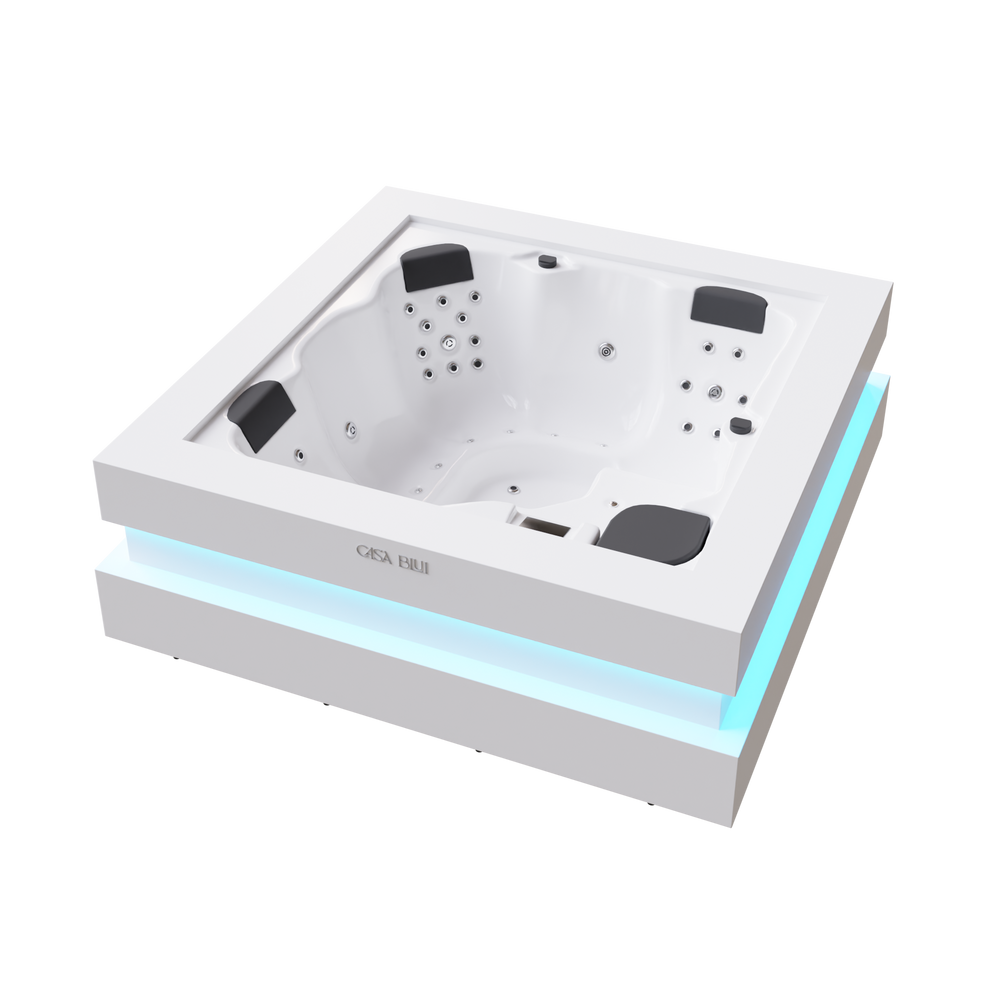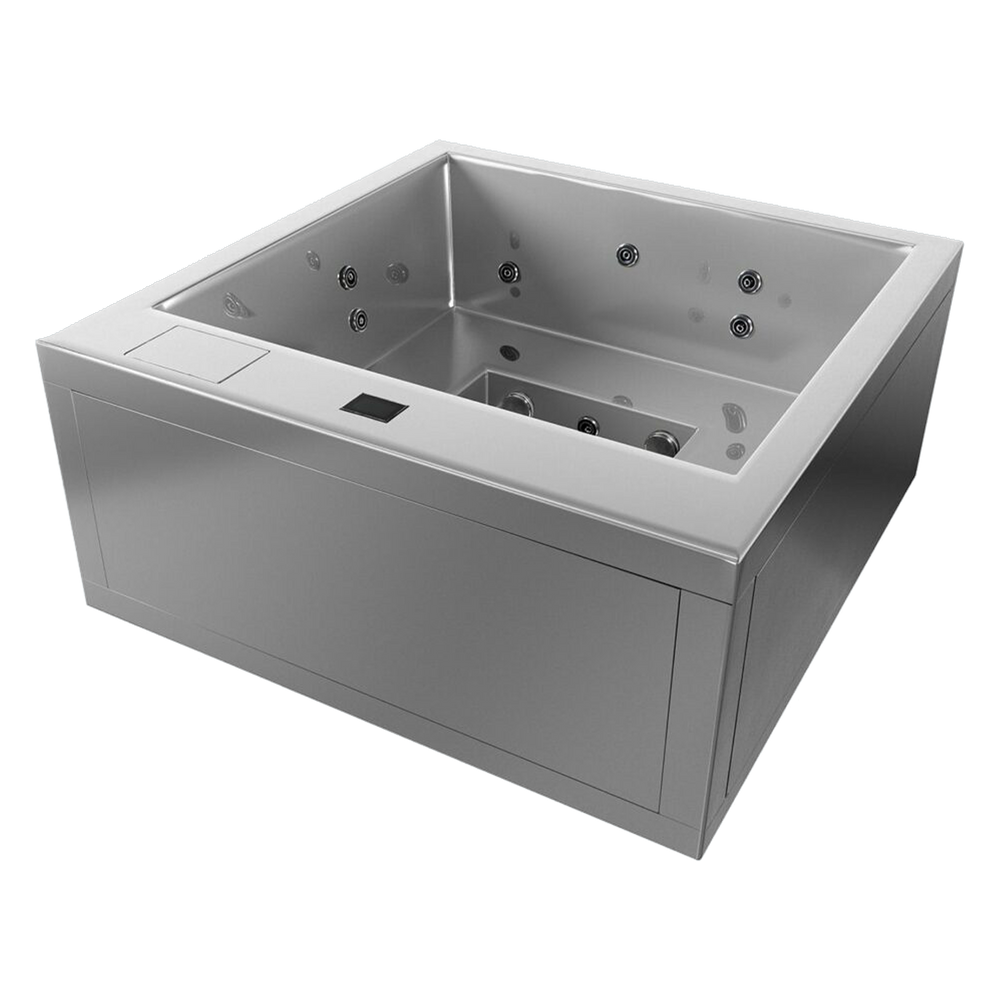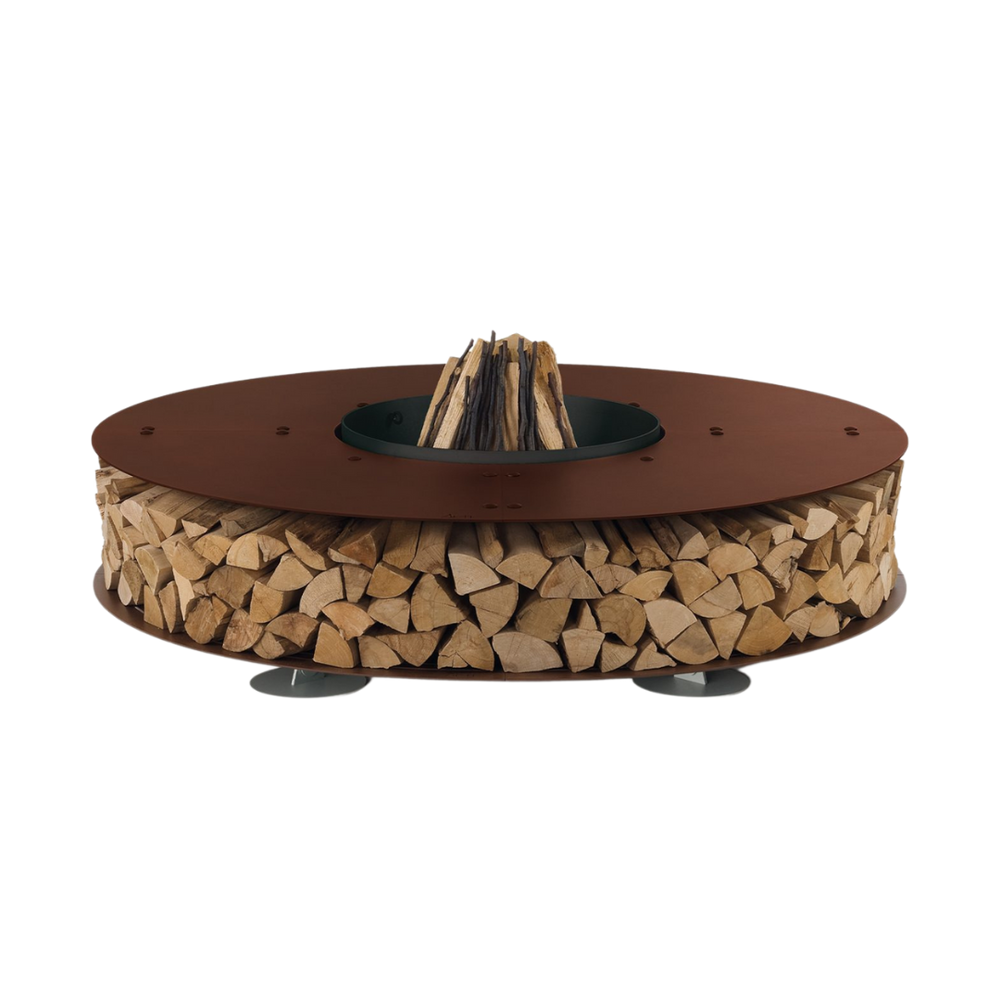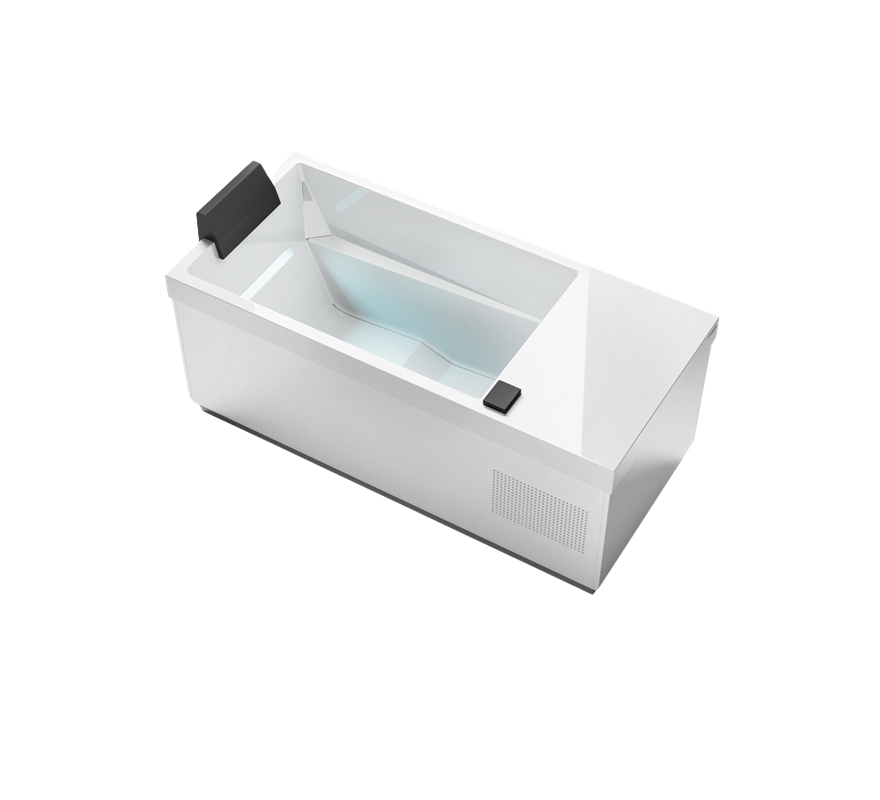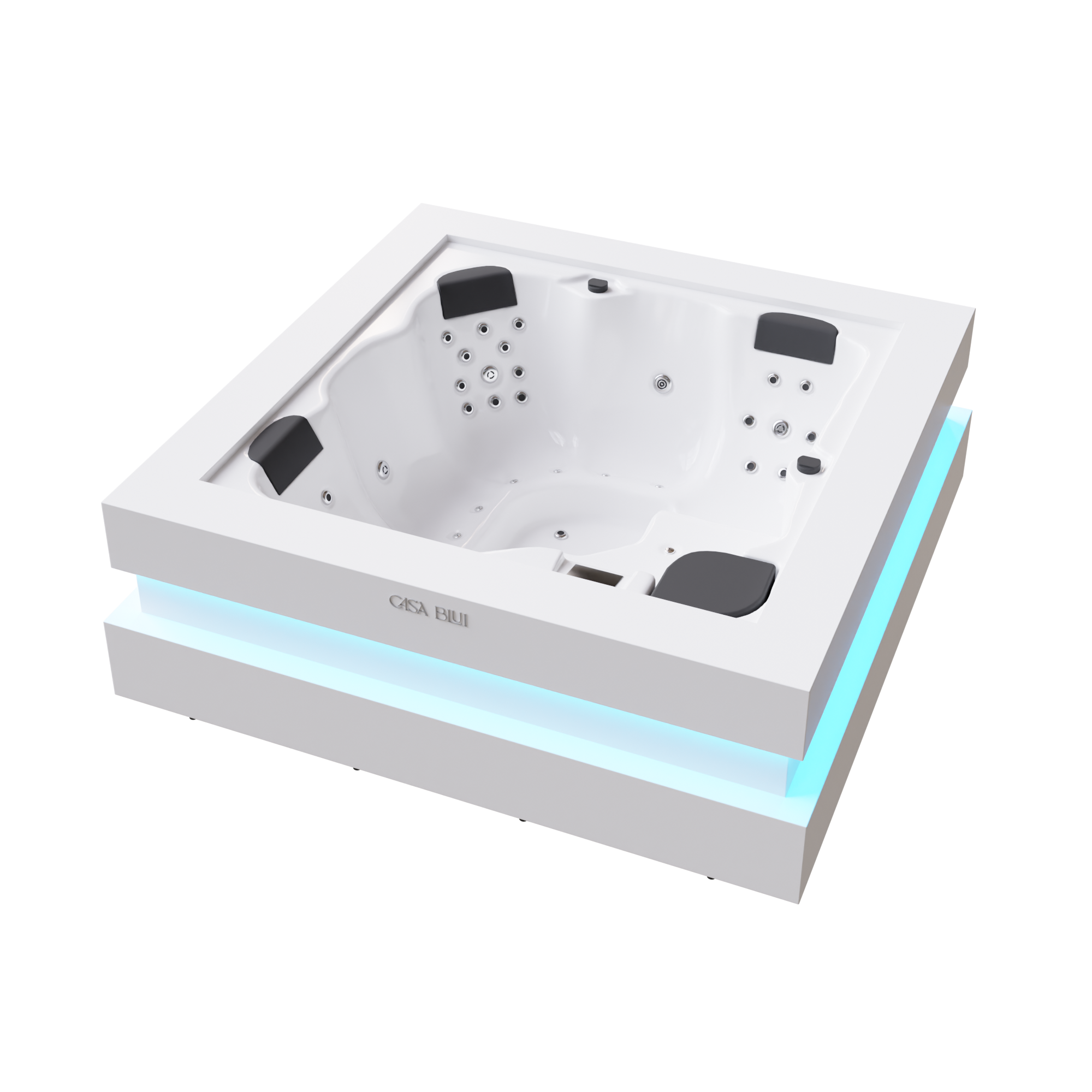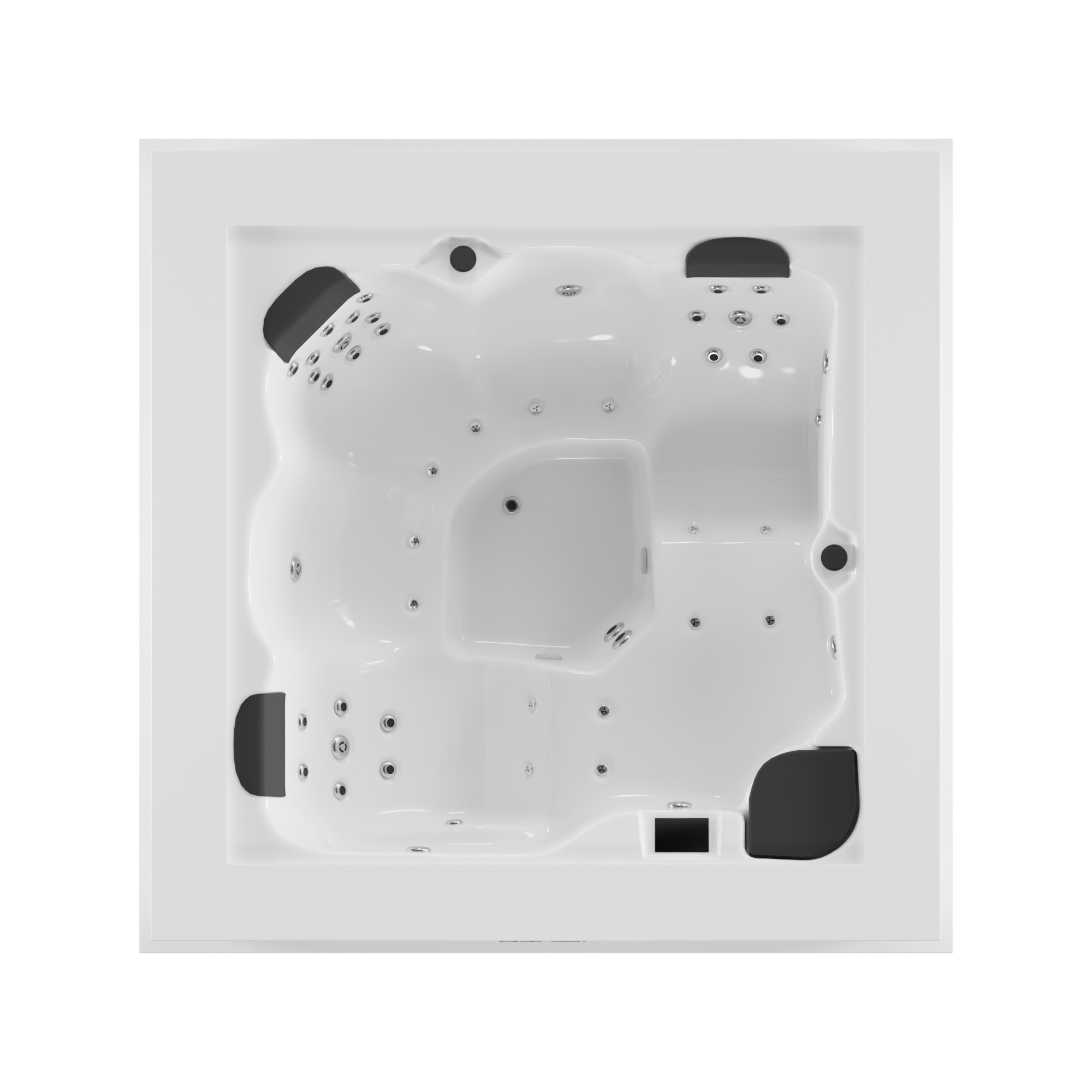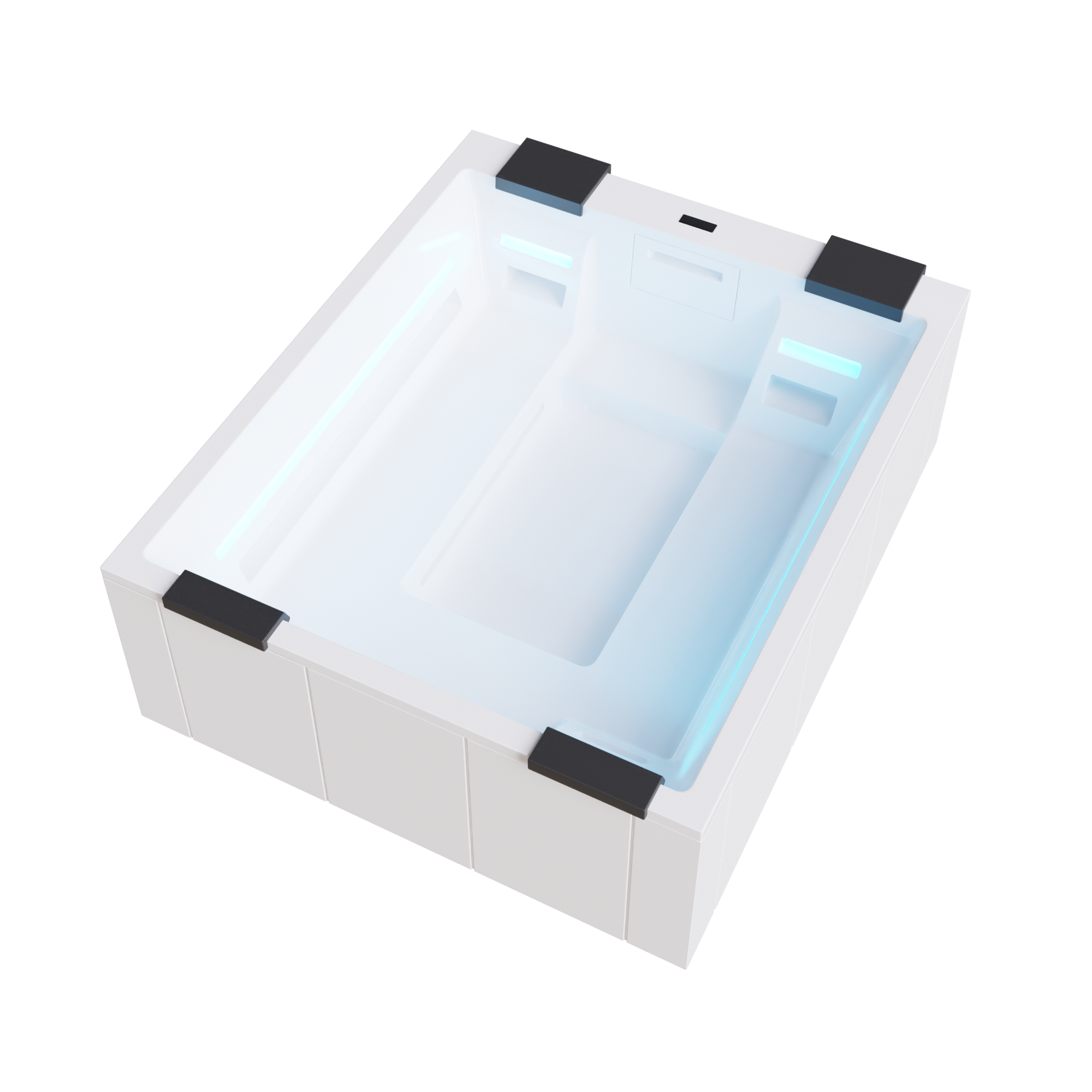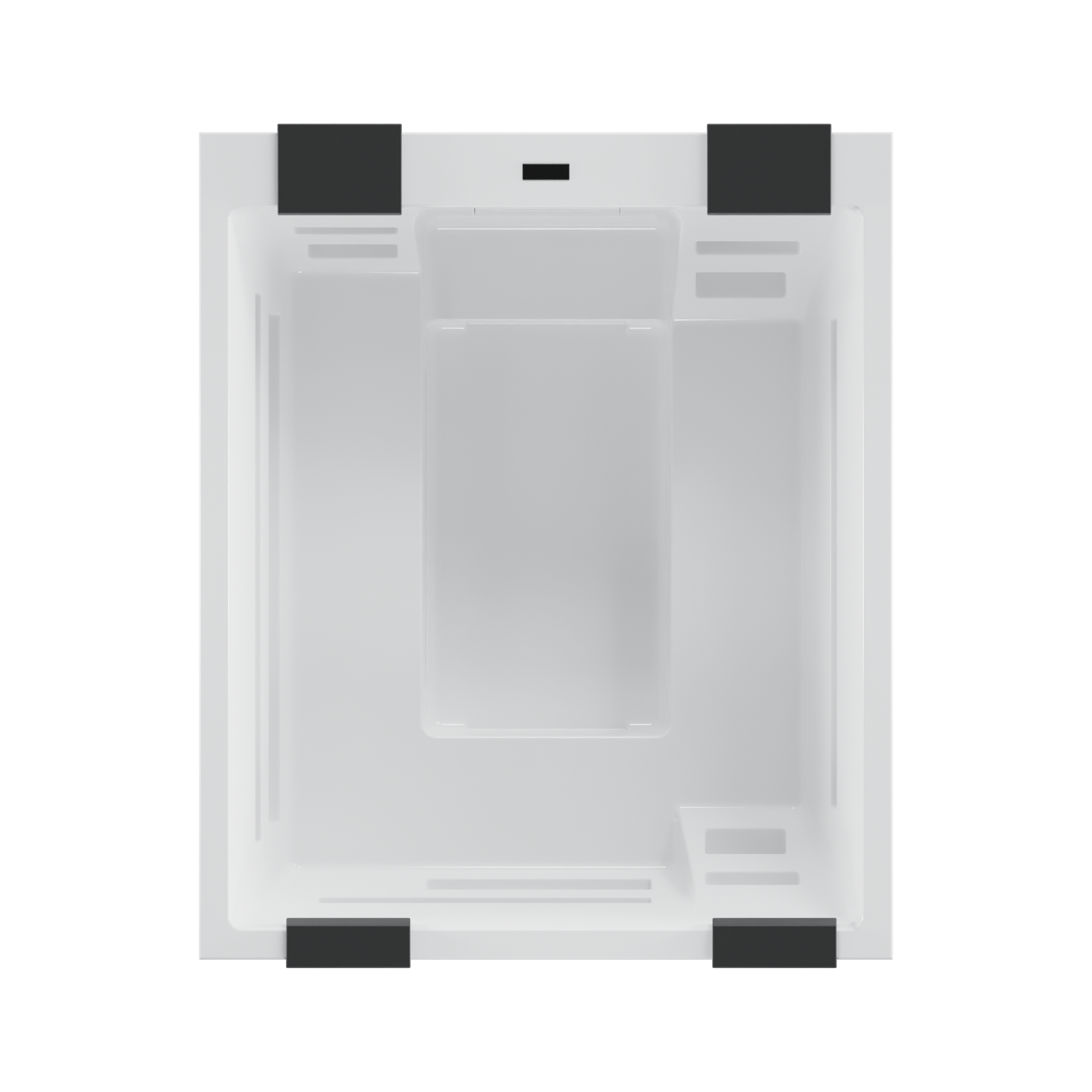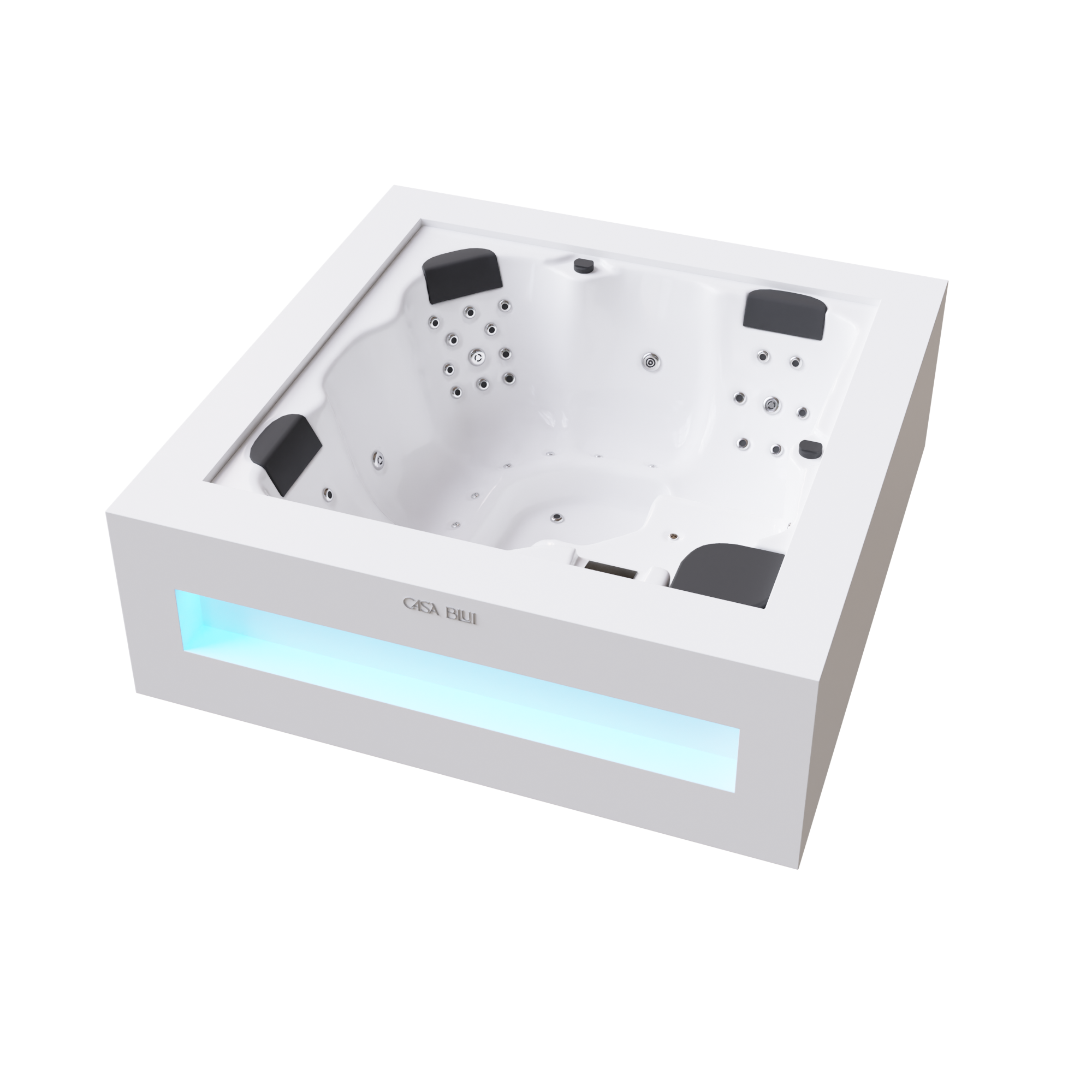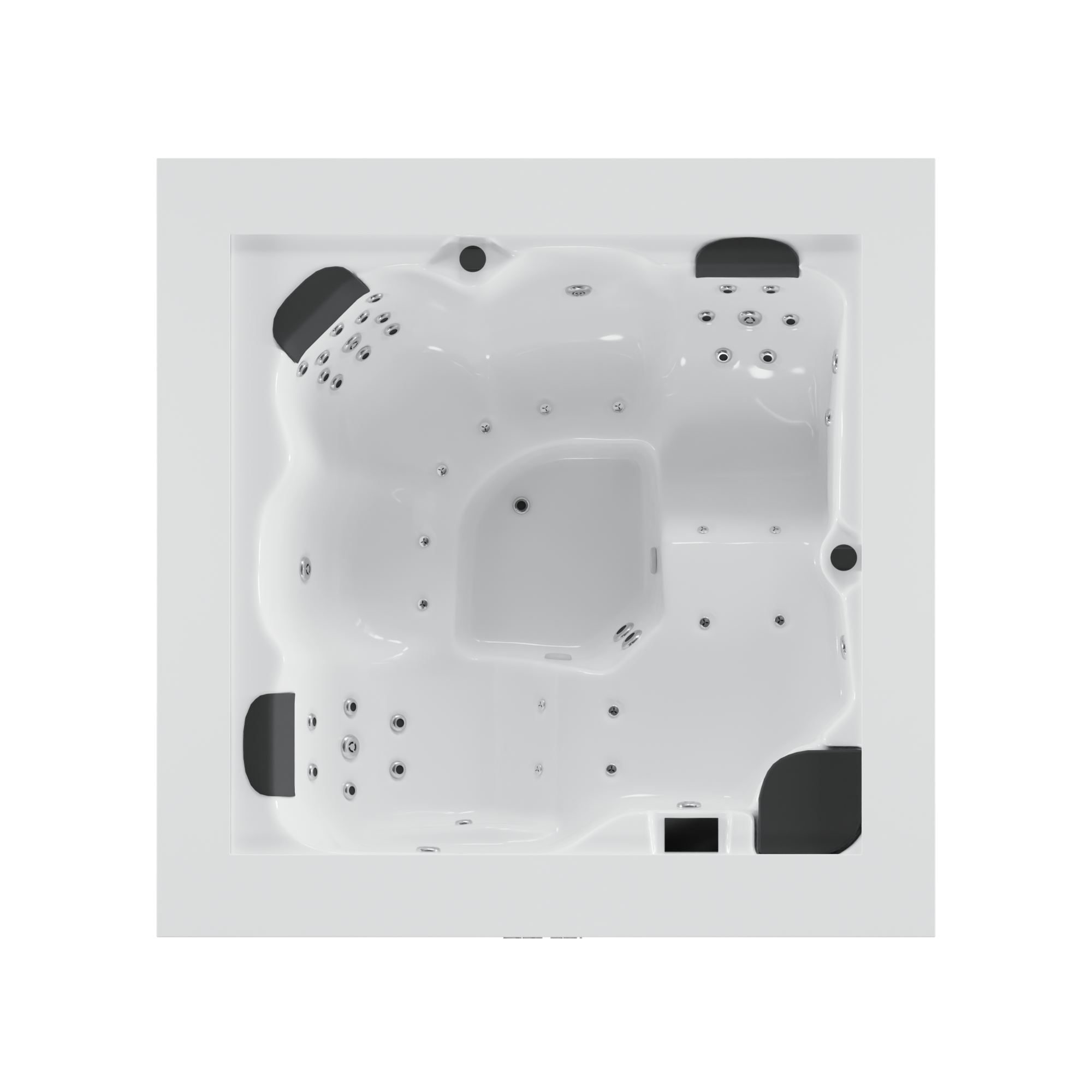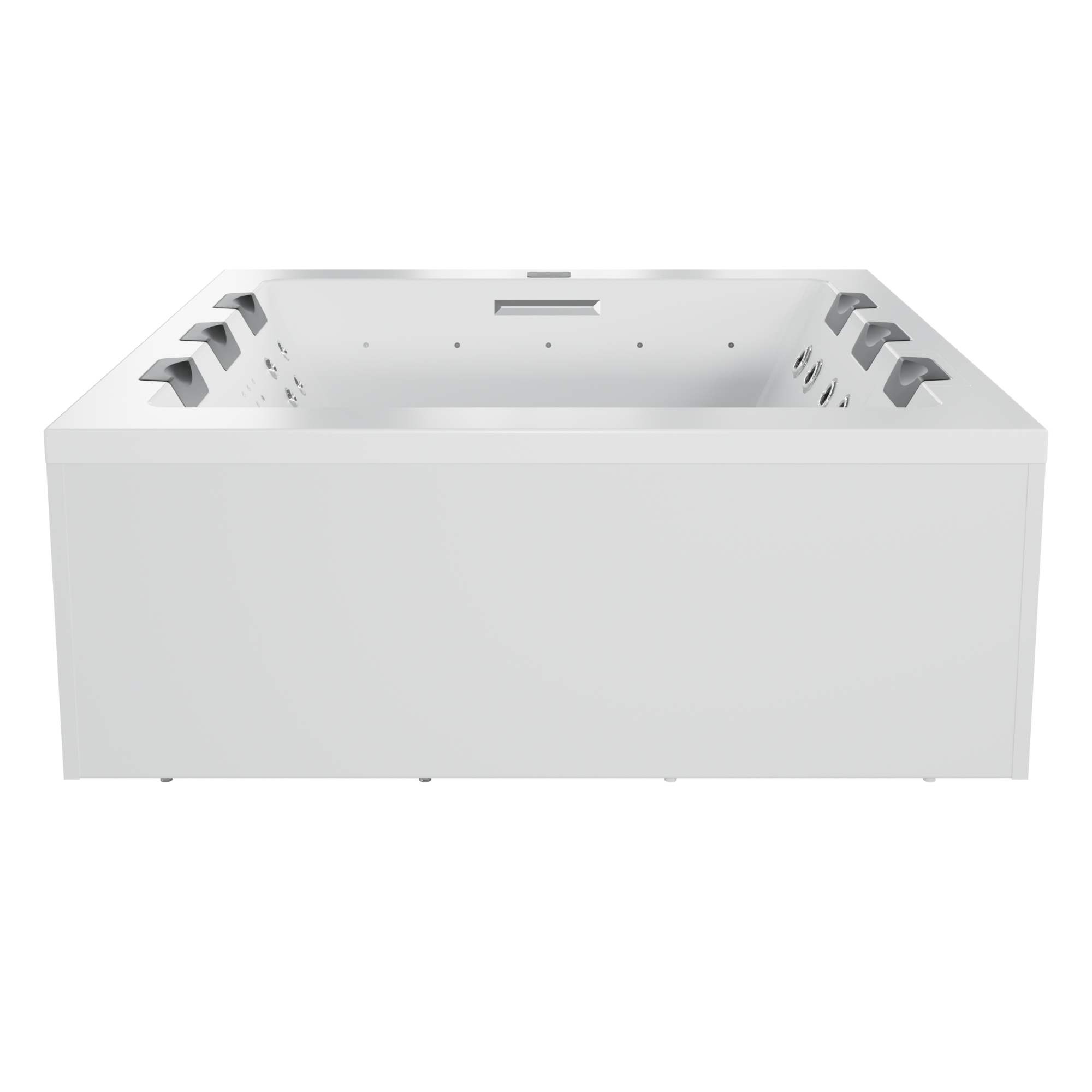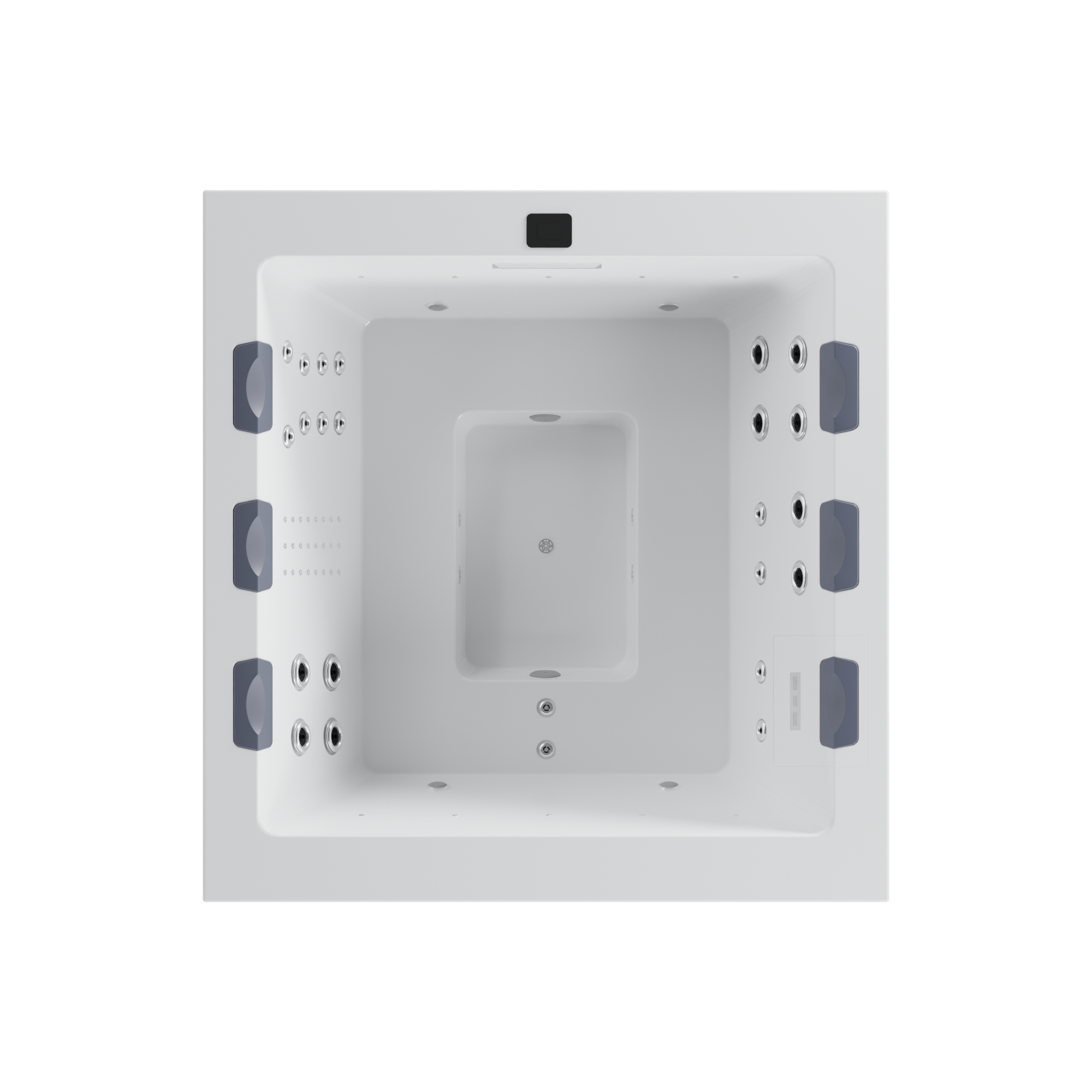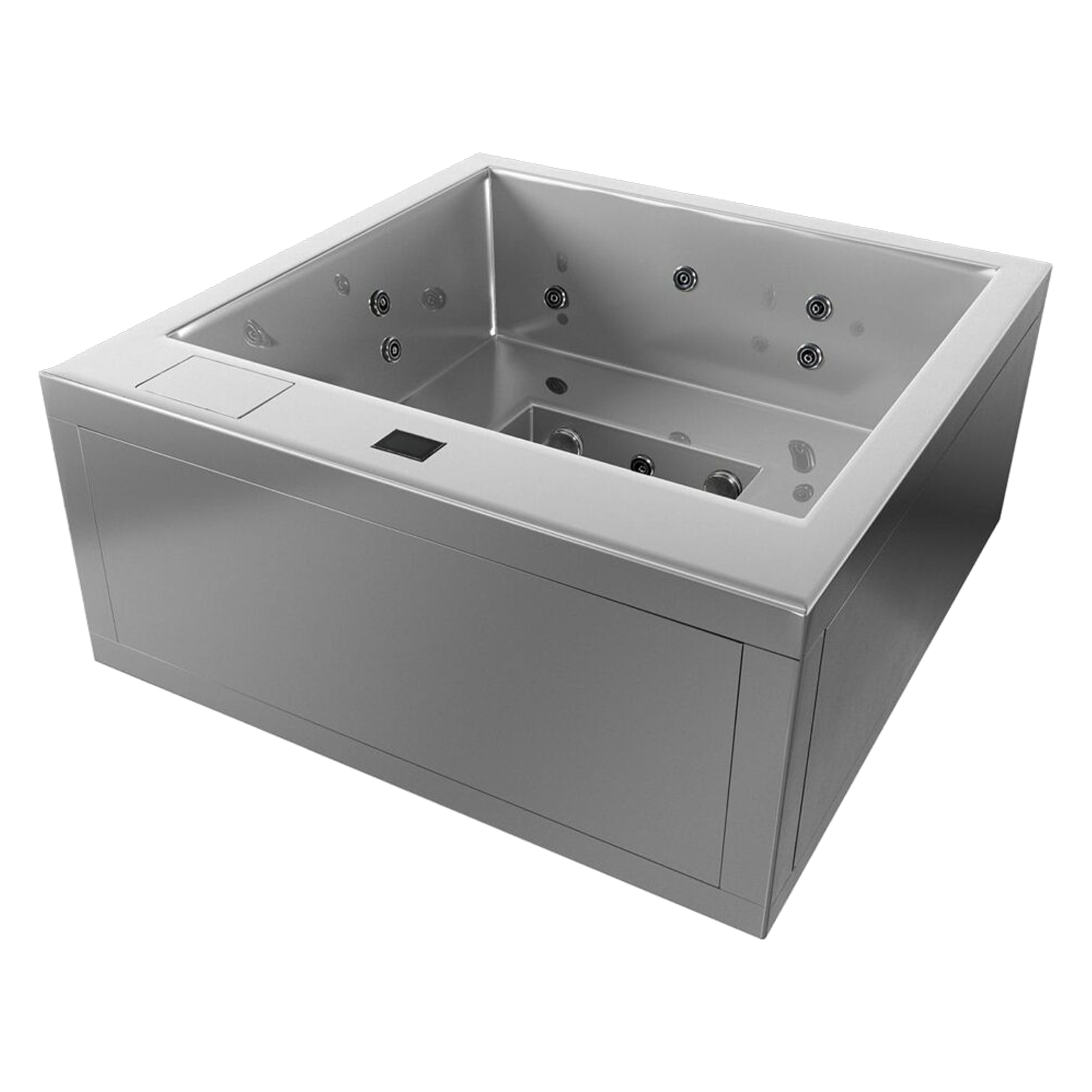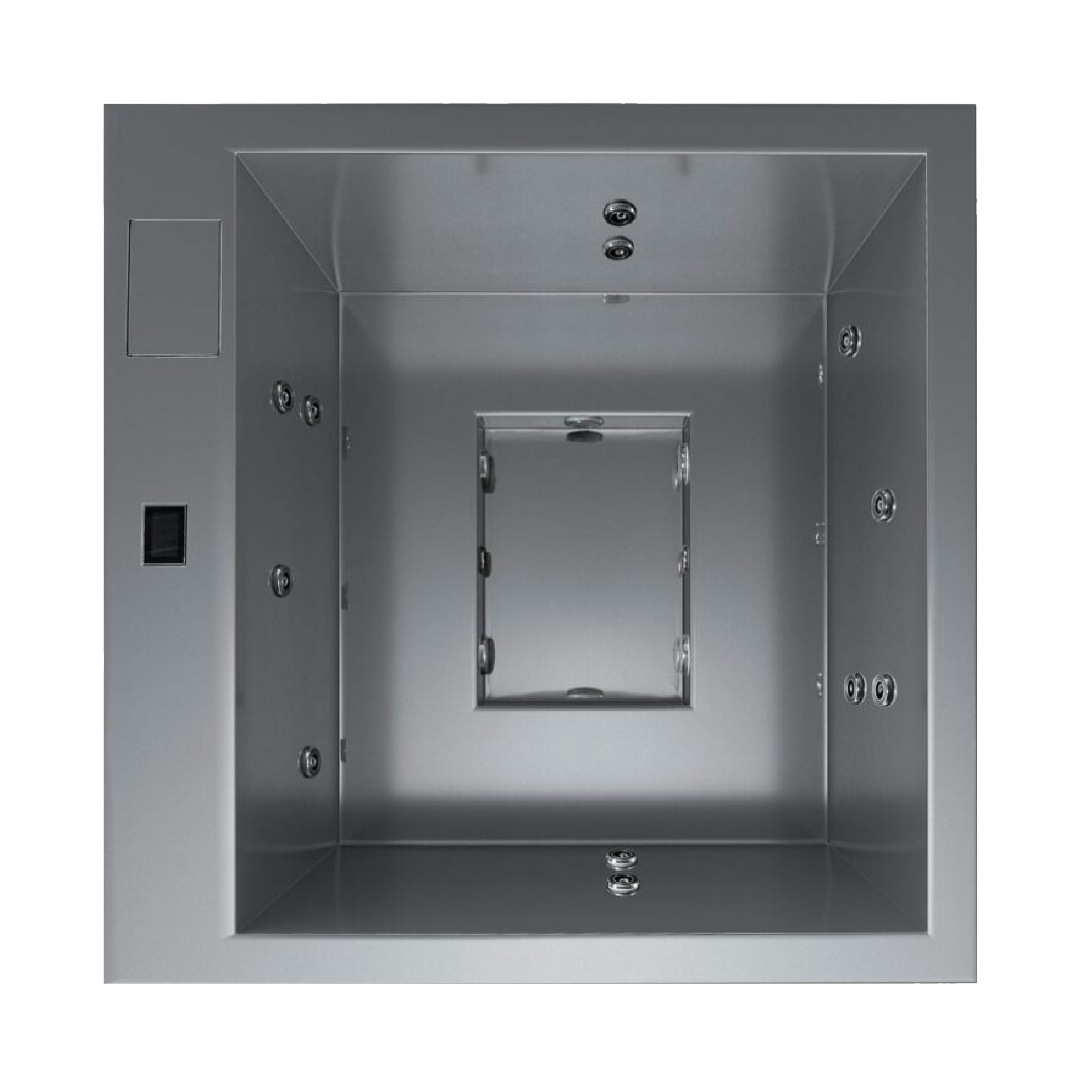Casa Blui Blog
How Long Should You Cold Plunge?
By andrei newman
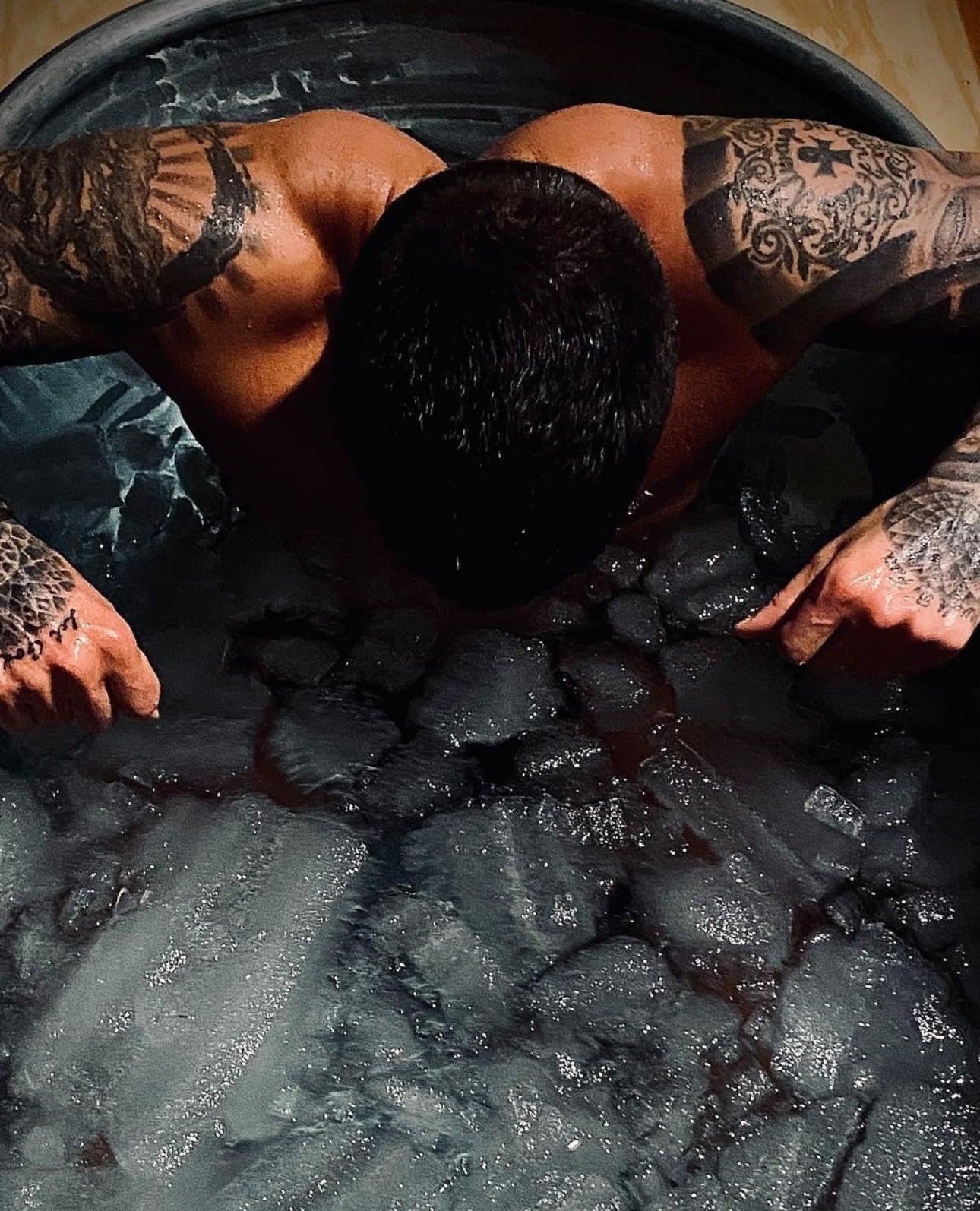
Cold plunging has emerged as a prominent wellness trend, praised for its wide range of benefits. But the question remains: For how long should you cold plunge? Whether you're an athlete or looking to boost your overall well-being, determining the suitable duration for cold plunging is crucial to reap its rewards safely. Here's a comprehensive guide on how long you should cold plunge based on your experience level, goals, and safety.
What Is Cold Plunging?
Cold plunging involves immersing your body in cold water, typically 50-59°F (10-15°C), for a limited duration. Also known as cold water immersion (CWI), this practice stimulates various physiological responses, including enhanced circulation and reduced inflammation.
While athletes often use cold plunges for recovery, they're also popular among wellness enthusiasts who integrate them into their home spa setups for mental clarity and overall well-being. Explore our backyard cold plunge design ideas to make your outdoor cold plunge functional and visually appealing.

How Long Should You Cold Plunge?
The amount of time you spend in the cold plunge will vary based on several factors, namely water temperature, body composition, cold tolerance (cold plunge experience), and any health conditions. That being said, the average cold plunge lasts 3 to 10 minutes.
Here's a breakdown of each of those factors:
Factors That Affect Cold Plunge Duration
- Water Temperature: Colder water typically requires shorter exposure times.
- Body Composition: Those with higher fat percentages may tolerate cold exposure for extended periods.
- Cold Tolerance: Everyone's tolerance to cold varies, so listen to your body.
- Health Conditions: Those with cardiovascular or respiratory conditions should consult a doctor before cold plunging.
Generally, beginners should start with 1–3 minute plunges and gradually build tolerance, increasing to 5-10 minutes. Always be cautious and consult a healthcare provider, especially if you have pre-existing health issues.
Cold Plunge Times Based on Water Temperature
The colder the water, the shorter your exposure should be.
- 50-60°F (10-15°C): 5 minutes is typically safe for beginners and experienced users.
- 40-50°F (4-10°C): Limit your session to 3-5 minutes.
- Below 40°F (4°C): We recommend only 1-2 minutes for advanced practitioners.
First-Time Cold Plungers
- 30-90 seconds: Perfect for first timers, this duration is long enough to experience benefits without overwhelming your body.
- 1-2 minutes: For those with slightly more cold tolerance, a 1-2 minute plunge offers more significant exposure.
Always listen to your body — if you start feeling discomfort or numbness, exit the plunge immediately.

Experienced Users
Experienced cold plungers typically aim for sessions lasting 3-5 minutes. This range offers the full benefits, including enhanced recovery and mental clarity.
- For consistent cold exposure therapy, 3-5 minutes is usually sufficient.
- Water temperatures between 50-59°F (10-15°C) are ideal for extended plunging.
- Allow adequate time to warm up between plunges to avoid hypothermia.
While some enthusiasts stay in for up to 10 minutes, be cautious — overexposure can lead to numbness or fatigue.
Increasing Cold Plunge Times
Once your body adapts to cold exposure, you can safely increase the duration of your cold plunges by following these steps:
- Add 30 seconds to 1 minute per session: Gradually extend your plunge time with each session to avoid shocking your system.
- Phase-based approach: Start with 60-second plunges for the first two weeks, then increase to 2-3 minutes over the following weeks.
- Consistency: Maintain regular sessions 2-3 times per week. Over time, you can safely reach 5-10 minutes in the cold plunge.
Signs You're Staying in the Cold Plunge Tub Too Long
Recognizing when you're staying in an ice bath for too long is essential. Watch out for:
- Uncontrollable shivering
- Blue lips or fingertips
- Numbness in extremities
- Mental confusion or disorientation
If you experience these symptoms, exit the cold plunge immediately to avoid long-term severe health defects.
Benefits of Cold Plunging
Physical Health Benefits
Cold plunging stimulates blood circulation, reduces inflammation, and enhances your body's natural recovery process. It boosts the immune system and may aid in managing weight by accelerating metabolism. Athletes significantly benefit from cold plunging as it speeds up muscle recovery and reduces soreness after intense workouts.
Mental Health Benefits
Cold plunging triggers the release of norepinephrine, a hormone that improves mood, focus, and mental clarity. Studies have shown that cold plunging reduces anxiety and depression and promotes mindfulness. Many users report feeling refreshed and mentally energized after a session, making cold plunging a valuable practice for stress relief and as a mood booster.
Recovery Benefits
Cold plunging aids recovery by reducing inflammation, improving circulation, and relieving muscle soreness. Constricting blood vessels minimizes swelling and helps flush out lactic acid and metabolic waste, speeding up muscle repair.
Alternating between a home sauna, a cold plunge or cryotherapy can maximize both benefits. Here's a standard cycle:
- 10-15 minutes in the sauna
- 1-3 minutes in the cold plunge
- Repeat 2-3 times for optimal results
Learn how to set up a home sauna and cold plunge in your backyard, along with our creative design ideas for cold plunge pools to transform your backyard into a wellness retreat.

Safety Considerations for Cold Plunging
While cold plunging offers numerous benefits, safety should always come first. To stay safe during cold plunging, follow these guidelines:
- Limit exposure time based on water temperature.
- Gradually increase duration over multiple sessions.
- Protect your extremities with gloves or booties if necessary.
- Warm up slowly after plunging and stay hydrated.
Before introducing cold plunging into your routine, consult a healthcare provider, particularly if you have pre-existing conditions. They can offer personalized recommendations on duration and frequency to ensure your safety.
Cold Plunge Times for Specific Goals
For Muscle Recovery
For athletes, cold plunges are highly effective for muscle recovery:
- Optimal duration: 1-3 minutes
- Water temperature: 50-59°F (10-15°C)
- Frequency: 2-3 times per week for the best results
For Mental Clarity
Cold plunging can be highly beneficial for boosting mental clarity and cognitive function:
- Optimal duration: 2-3 minutes
- Water temperature: 50-59°F (10-15°C)
- Frequency: 2-3 times per week for consistent cognitive benefits
Frequently Asked Questions
How long should a beginner stay in a cold plunge?
Beginners should start with sessions of 1-3 minutes in water between 50-59°F (10-15°C) and gradually increase as tolerance builds.
What are the benefits of cold plunging?
Cold plunging improves circulation, reduces inflammation, enhances mental clarity, boosts the immune system, and aids muscle recovery.
Is it safe to take a cold plunge every day?
Yes, but start with shorter durations and listen to your body. It's essential to consult a healthcare provider before starting a daily routine.
What's the ideal water temperature for cold plunging?
The ideal water temperature for cold plunging is 50-59°F (10-15°C) for most users.
How can I safely increase my cold plunge duration?
Add 30 seconds to 1 minute per session to safely increase duration and monitor your body's response.
